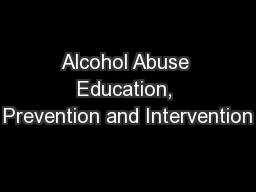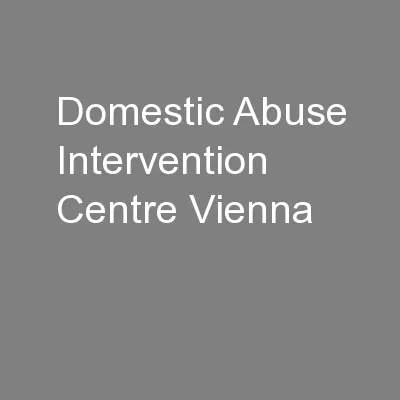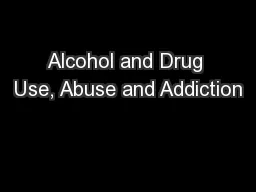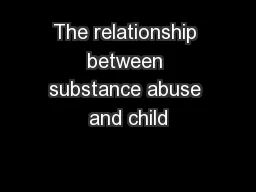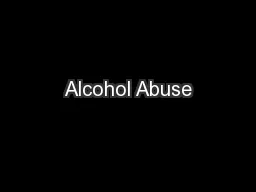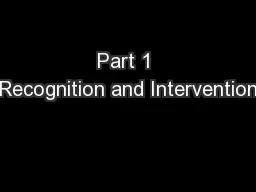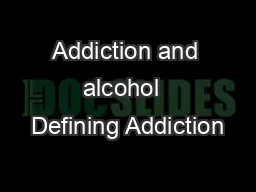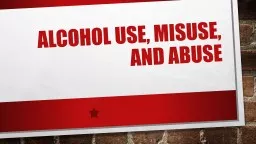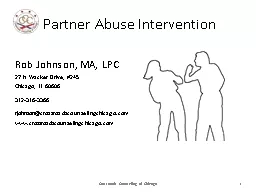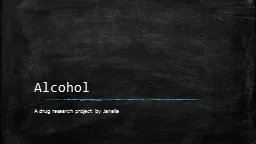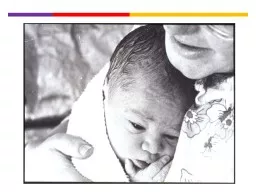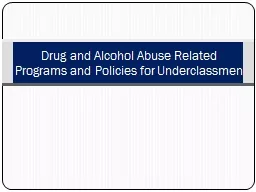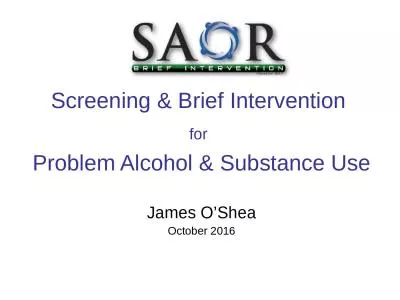PPT-Alcohol Abuse Education, Prevention and Intervention
Author : ellena-manuel | Published Date : 2018-11-18
Presented to Faculty Senate February 9 2015 By Nancy Chase Director Student Wellness and Health Promotion Goals Provide a framework for best practice in alcohol
Presentation Embed Code
Download Presentation
Download Presentation The PPT/PDF document "Alcohol Abuse Education, Prevention and ..." is the property of its rightful owner. Permission is granted to download and print the materials on this website for personal, non-commercial use only, and to display it on your personal computer provided you do not modify the materials and that you retain all copyright notices contained in the materials. By downloading content from our website, you accept the terms of this agreement.
Alcohol Abuse Education, Prevention and Intervention: Transcript
Download Rules Of Document
"Alcohol Abuse Education, Prevention and Intervention"The content belongs to its owner. You may download and print it for personal use, without modification, and keep all copyright notices. By downloading, you agree to these terms.
Related Documents

